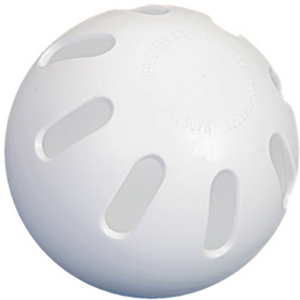Teaching anyone to tell time can be a difficult prospect without a guide. Though you may remember when you could not tell time yourself (and may still hesitate when consulting an analogue clock – particularly one without the numbers printed on the face), you probably don’t remember exactly how you came to learn this skill. This article aims to help you know when your child is at the right age to be taught how to tell time, what prerequisite knowledge your child should have before beginning this task and how to teach them.
It won’t do any good to try to teach your child how to tell time if your child is simply not ready. An average child younger than four will probably not be able to grasp the concepts you will want to show them, and will become frustrated and aloof. A child of five, or kindergarten age, should be ready, but you must first make sure they have an understanding of a few simple concepts.
Without these concepts, telling time will be impossible to teach. Most important, the child must be able to count to sixty. Not simply recitation, but understand what counting represents. For best results, the child should be able to perform simple addition and subtraction. Not entirely necessary, but helpful, is a child’s ability to grasp the concept of fourths and halves, since time is often referred to with these terms.
If you’re confident your child has the requisite knowledge to begin teaching them time, present them with a large analogue clock, with big minute and hour hands and a working second hand. Draw their attention to the second hand and explain that each click of the hand represents one second.
Let them see that it takes sixty of these seconds for the hand to make a full revolution of the clock. Do not worry about the other hands at this point. This will be a strange and new lesson for the child all in itself, and the best plan is to let it have time to sink in. Work with the child every day on just the second hand for about a week, or until the child feels confident in his newfound knowledge.
When your child is ready to move on, begin teaching the minute hand. Show your child how the minute hand moves a space each time the second hand makes a full revolution. Since your child may not grasp the connection, explain in very simple terms that each minute comprises sixty seconds.
This is where your time teaching can become fun for your young pupil. For a couple of weeks, while working on the minute hand lesson, have your child use the clock to time some daily activities. Whether it be a commercial on television, a chore such as cleaning their room, or the time it takes to draw a picture, these timing activities will help your child to really grasp what they are learning.
After a couple of weeks, move on to the hour hand. Explain how there are sixty minutes in an hour, just as there were sixty seconds in a minute. If they have fully grasped the concepts you’ve taught them already, this part should be a breeze. After they’ve reviewed all of what they have learned, the child should have a fairly decent idea of how the clock works, and a working knowledge of the concept of time.
Your next step is to move the clock to various hour configurations (12:00, 1:00, 2:00, etc.) and teach your child how to say each configuration. Then use the clock with the same configurations and quiz your child on what they’ve learned. By the end of this lesson (which may take a couple of weeks to master) your child should be able to look at a configuration of the clock and say, “Four o’clock,” or whatever the correct time happens to be. The next steps in the teaching should be taken as your child is ready. Start with the half hour, and then the quarter hours. Finally, teach them to read in five minute increments.
The road to teaching your child to tell time may be a lengthy one, but it is satisfying and will give your child an edge in their schooling, as well as a higher understanding of math and counting. It requires patience on the part of the parent, but the reward will be great. Good luck, and happy clock watching!


